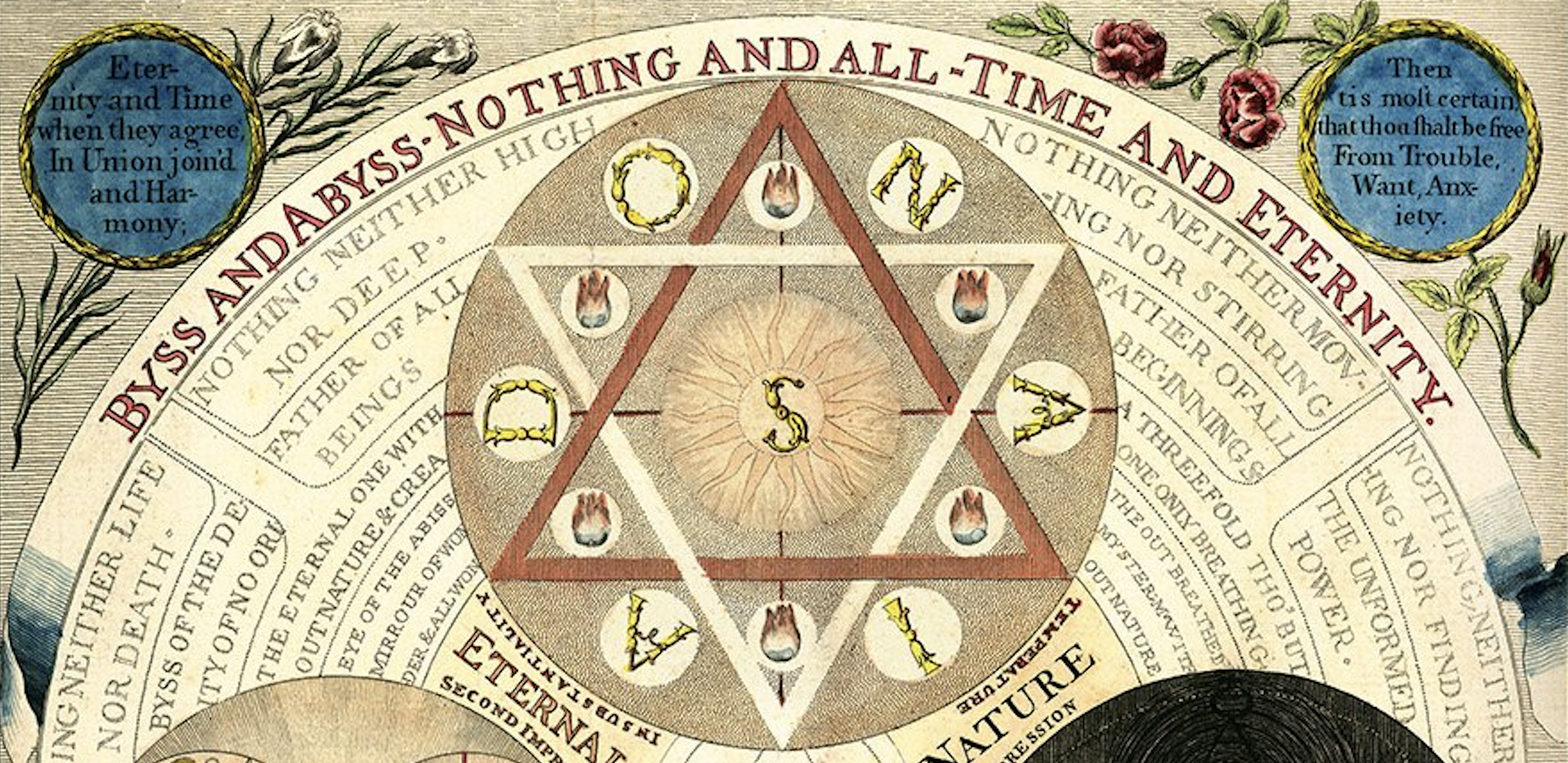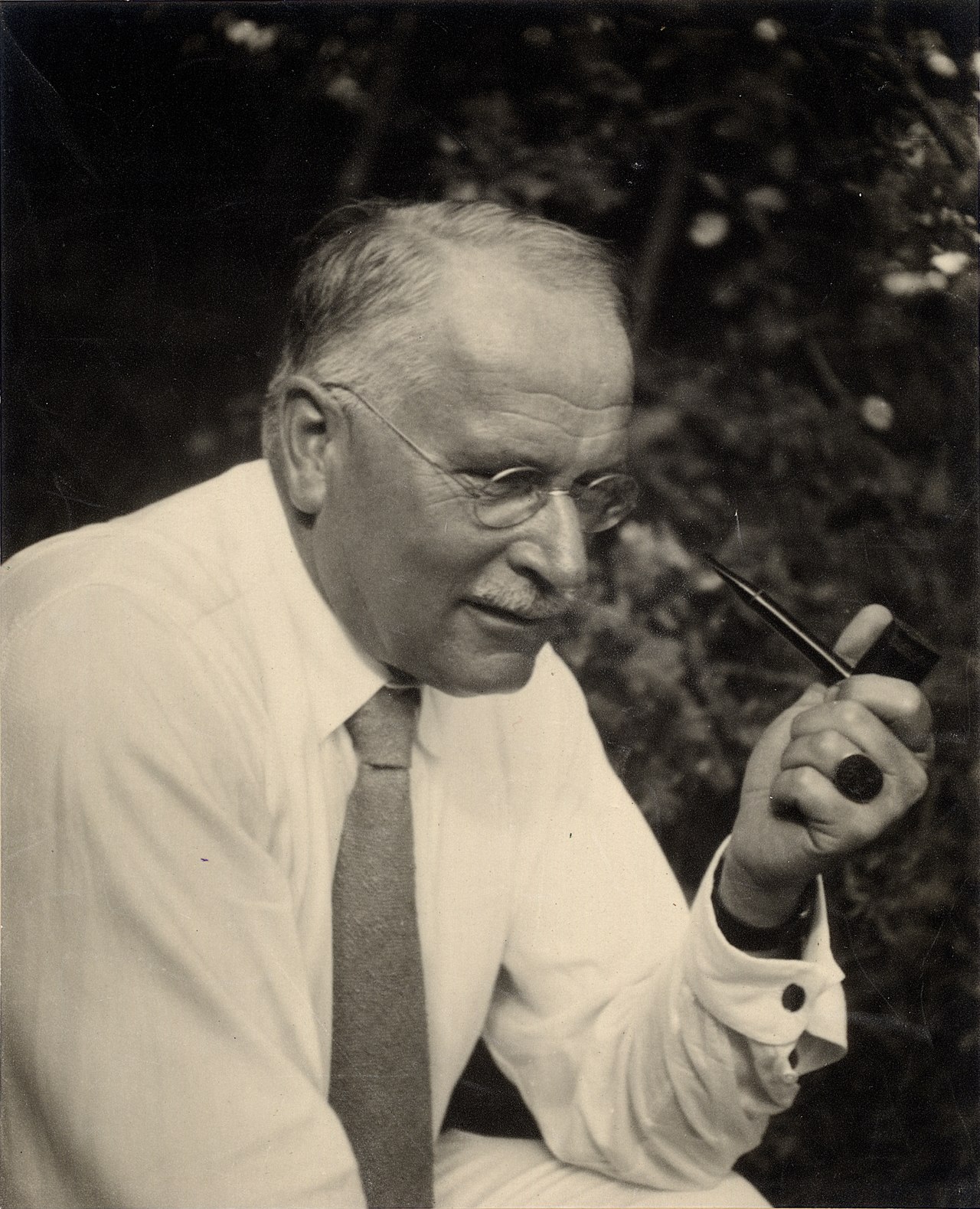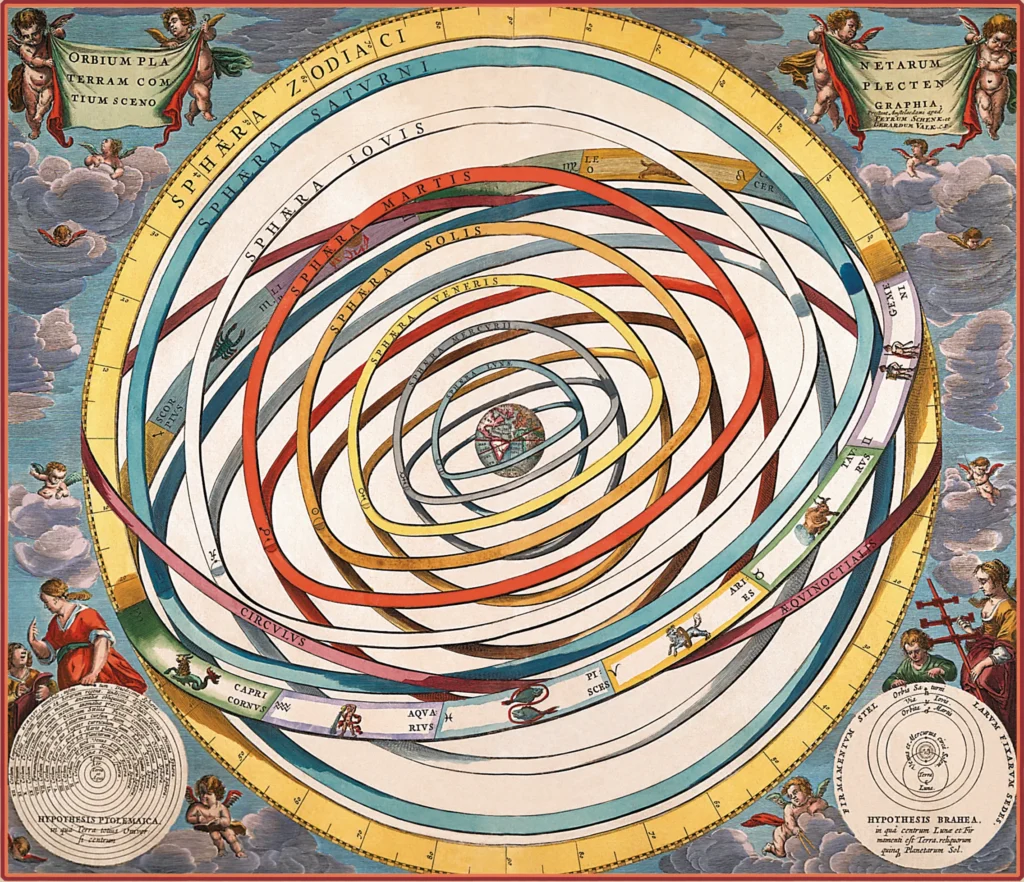THE JUNGIAN MYSTERY SCHOOL
PRESENTS
SYCHRONICITY
THE JUNGIAN MYSTERY SCHOOL
PRESENTS
SYCHRONICITY


What exactly is synchronicity?
What do synchronicities you experience mean?
How can events be “acausally” linked?
Does synchronicity offer an alternate view of the world and reality?
If you have ever experienced synchronicity and wondered about its meaning, join ten global thought leaders and an international student community on a 12-week deep dive, discussion, amplification and interpretation, of the ‘Pauli-Jung Conjecture’, more commonly known as ‘synchronicity’.
Interactive presentations and discussions will focus on the history and development, theory and interpretation, and clinical and cultural applications of synchronicity. In parallel with the formal presentations, students will have the opportunity to work with, interpret, and illuminate personal instances of synchronicity over the course of the programme.
“Space, time, and causality, the triad of classical physics, would then be supplemented by the synchronicity factor and become a tetrad, a quaternio which makes possible a whole judgment.”
C. G. Jung, CW8, ¶ 961
“Space, time, and causality, the triad of classical physics, would then be supplemented by the synchronicity factor and become a tetrad, a quaternio which makes possible a whole judgment.”
C. G. Jung, CW8, ¶ 961
PROGRAMME DETAILS

We open on Saturday the 18th of March with a keynote address by Professor Arthur I. Miller appropriately titled: Synchronicity.
Participation in the programme includes all lectures, a guided reflective process (application) working with your own instances of synchronicity, and membership of a private and facilitated Facebook forum set up for the student body for the duration of the programme.
DURATION:
12 Weeks.
START DATE:
Saturday 18 March 2023
PRESENTATION DETAILS:
90-minute live transmission including Q&A, weekly on a Saturday for the duration of the programme, starting time is 16h00 UTC (GMT). Recorded for later viewing for those unable to attend live.
FEES:
Single payment of $390, or 3 monthly payments of $150
INTERNATIONAL FACULTLY:
All recorded lectures remain available for 12-months after the programme.
Certificate of Completion
PROGRAMME DETAILS

We open on Saturday the 18th of March with a keynote address by Professor Arthur I. Miller appropriately titled: Synchronicity.
Participation in the programme includes all lectures, a guided reflective process (application) working with your own instances of synchronicity, and membership of a private and facilitated Facebook forum set up for the student body for the duration of the programme.
DURATION:
12 Weeks.
START DATE:
Saturday 18 March 2023
PRESENTATION DETAILS:
90-minute live transmission including Q&A, weekly on a Saturday for the duration of the programme, starting time is 16h00 UTC (GMT). Recorded for later viewing for those unable to attend live.
FEES:
Single payment of $390, or 3 monthly payments of $150
INTERNATIONAL FACULTLY:
All recorded lectures remain available for 12-months after the programme.
Certificate of Completion

Synchronicity or “meaningful correspondence” is a regular, and for some people, almost daily, occurrence. The degree of exceptionality and numinosity may vary, some experiences truly outstanding, other more “commonplace”, but the point is countless people around the world are having and reporting these experiences. The crucial question of course is, what does this mean? What does it mean for you personally when you experience a synchronicity, and what does the wide reporting of synchronicity mean for the underlying structure of reality and of the psyche.
Research by clinicians, philosophers, and scientists in the field on synchronicity, this ground-breaking idea with substantial empirical support, has the potential to reshape the contours of the broad field of psychology – beyond Jungian psychology where it is already a core theoretical and practical feature, physics, ecology, and systems theory, to name only a few, in the future. If you are interested in a deeper understanding of the theory and application of this work on the mind-matter and mind-body interface join us for this 12-week programme and deep dive into the topic.

Synchronicity or “meaningful correspondence” is a regular, and for some people, almost daily, occurrence. The degree of exceptionality and numinosity may vary, some experiences truly outstanding, other more “commonplace”, but the point is countless people around the world are having and reporting these experiences. The crucial question of course is, what does this mean? What does it mean for you personally when you experience a synchronicity, and what does the wide reporting of synchronicity mean for the underlying structure of reality and of the psyche.
Research by clinicians, philosophers, and scientists in the field on synchronicity, this ground-breaking idea with substantial empirical support, has the potential to reshape the contours of the broad field of psychology – beyond Jungian psychology where it is already a core theoretical and practical feature, physics, ecology, and systems theory, to name only a few, in the future. If you are interested in a deeper understanding of the theory and application of this work on the mind-matter and mind-body interface join us for this 12-week programme and deep dive into the topic.

PRESENTATIONS

PRESENTATIONS

SYNCHRONICITY:
keynote address by Arthur I. Miller
DUAL-ASPECT MONISM AND THE DEEP STRUCTURE OF MEANING:
Harald Atmanspacher (in conversation)
ARCHETYPES AND SYNCHRONICITY:
by George Hogenson.
INSTANCES OF SYNCHRONICITY:
Workshop facilitated by Stephen Anthony Farah
HOLISM, SYNCHRONICITY AND MEANING:
by Roderick Main
SYNCHRONISING TIME AND ETERNITY: A MATTER OF PRACTICE
by Murray Stein
MIND AND MATTER, PSYCHE AND BODY
by Beverley Zabriskie
THE COLLOQUY OF THE GODS: ASTROLOGY AS COSMIC SYNCHRONICITY
by Keiron Le Grice
I CHING AND ANALYTICAL PSYCHOLOGY
by Christa Robinson
SYNCHRONICITY, COMPLEXITY AND THE PSYCHOID IMAGINATION
by Joe Cambray
CLOSING PANEL DISCUSSION

REGISTRATION

REGISTRATION

Registration now closed.
For more information email anja@appliedjung.com.

FACULTY

FACULTY

Arthur I. Miller is Emeritus Professor of the History and Philosophy of Science at University College London. He is the author of many critically acclaimed books, including the Pulitzer Prize-nominated Einstein, Picasso: Space, Time, and the Beauty that Causes Havoc; Insights of Genius: Imagery and Creativity in Science and Art; 137: Jung, Pauli, The Pursuit of a Scientific Obsession; and Colliding Worlds: How Cutting-Edge Science is Redefining Contemporary Art. He regularly broadcasts, lectures, and curates exhibitions at the intersection of art and science, and has written for The Guardian, The New York Times, Scientific American, Wired and Nautilus. The Artist in the Machine: The World of AI-Powered Creativity, on AI and creativity in art, literature and music, was published in fall 2019 by MIT Press. Recently his new play Synchronicity – on the intriguing relationship between analyst Carl Jung and the brilliant but troubled scientist Wolfgang Pauli – had a standing room only reading in NY.
Harald Atmanspacher is an emeritus member of the Turing Center of ETH Zürich and a faculty member of the C.G. Jung Institute Zürich. He is the Editor-in-Chief of the journal Mind and Matter and serves as the President of the Society for Mind-Matter Research. Selected publications include Recasting Reality: Wolfgang Pauli’s Philosophical Ideas and Contemporary Science (with H. Primas, 2009), The Pauli-Jung Conjecture and Its Impact Today (with C.A. Fuchs, 2014), his review of Quantum Approaches to Consciousness in the Stanford Encyclopaedia of Philosophy (last update 2020) and most recently along with co-author, Dean Rickles, Dual-Aspect Monism and the Deep Structure of Meaning (2022).
George Hogenson is a senior training analyst in the Chicago Society of Jungian Analysts. He earned his Ph.D. in philosophy at Yale University and an M.A. in clinical social work from the University of Chicago. He is a member of the editorial board of the Journal of Analytical Psychology and is past Vice President of the International Association for Analytical Psychology. His book, Jung’s Struggle with Freud, is considered a classic study of the relationship between the founders of psychoanalysis and analytical psychology. He is the author of numerous papers and book chapters on the theory of archetypes, the nature of the symbolic, and synchronicity. Dr. Hogenson regularly lectures on issues associated with analytical psychology and is recognized as a leading figure in the field. He maintains a private practice in Jungian psychoanalysis in Chicago.
Stephen Farah, MA, is the co-founder and head of learning and research at The Centre for Applied Jungian Studies South Africa. He is an executive member and current co-chair of the International Association of Jungian Studies. Stephen holds an honours degree in analytical philosophy from the University of the Witwatersrand and a Master’s degree in Jungian and Post Jungian Studies from the University of Essex. Stephen’s areas of interest include psychoanalysis, film, consciousness and individuation. His paper ‘True detective and Jung’s four steps of transformation’ was published in The Routledge International Handbook of Jungian Film Studies. He is currently compiling and editing (with co-editor Marybeth Carter) an anthology of papers for ‘The Spectre of the Other in Jungian Psychoanalysis‘.
Professor Roderick Main works at the University of Essex, UK, where he is Professor in the Department of Psychosocial and Psychoanalytic Studies and Director of the Centre for Myth Studies. He has a BA and MA in Classics from the University of Oxford and a PhD in Religious Studies from Lancaster University. He is the author of The Rupture of Time: Synchronicity and Jung’s Critique of Modern Western Culture (Brunner-Routledge, 2004) and Revelations of Chance: Synchronicity as Spiritual Experience (SUNY, 2007), editor of Jung on Synchronicity and the Paranormal (Princeton/Routledge, 1997), and co-editor of Myth, Literature, and the Unconscious (Karnac, 2013), Holism: Possibilities and Problems (Routledge, 2020), and Jung, Deleuze, and the Problematic Whole (Routledge, 2021). www.roderick-main
Murray Stein, Ph.D. is a Training and Supervising Analyst at the International School of Analytical Psychology Zurich (ISAP-ZURICH). He was president of the International Association for Analytical Psychology (IAAP) from 2001 to 2004 and President of ISAP-ZURICH from 2008 to 2012. He has lectured internationally and is the editor of Jungian Psychoanalysis and the author of Jung’s Treatment of Christianity, In MidLife, Jung’s Map of the Soul, Minding the Self, Outside Inside and All Around and The Bible as Dream, Men Under Construction. The second volume of his Collected Writings, titled Myth and Psychology, has recently been published. He lives in Switzerland and has a private practice in Zurich.
Website: www.murraystein.com
Beverley Zabriskie is a Jungian Analyst in New York City, a founding faculty member and former President of the Jungian Psychoanalytic Association (JPA). She is a past president of the National Association for the Advancement of Psychoanalysis (NAAP): past Vice-President of the Philemon Foundation which produced The Red Book and other unpublished volumes by Jung: an associate editor of the London Journal of Analytic Psychology, and a member of the Executive Committee of the Helix Center for Interdisciplinarary Investigation. Her relevant publications include “The Spectrums of Emotion”, Volume 1, Research in Analytical Psychology: Applications from Scientific, Historical and Cross-Cultural Research (2018); “Psychic Energy and Synchronicity”. Journal of Analytical Psychology, London. (2014); “Time and Tao in Synchronicity”, in The Pauli-Jung Conjecture and Its Impact Today, (2014); “Synchronicity and the I Ching: Jung, Pauli, and the Chinese Woman” (2005) Journal of Analytical Psychology, 50; “A Meeting of Rare Minds” (2001); Preface to Atom and Archetype: The Pauli-Jung Correspondence), Princeton University Press.
Keiron le Grice Ph.D., is a professor of depth psychology in the Jungian and Archetypal Studies specialization at Pacifica Graduate Institute, California, where he teaches courses on individuation, alchemy, synchronicity, and archetypal astrology. Originally from Nottinghamshire, England, he was educated at the University of Leeds (B.A. honors, Philosophy and Psychology) and the California Institute of Integral Studies (CIIS) in San Francisco (M.A., Ph.D., Philosophy and Religion). He is the author of several books including The Archetypal Cosmos, The Rebirth of the Hero, and the forthcoming The Lion Will Become Man and three-volume The Way of the Archetypes. He is also co-editor of Jung on Astrology and a founding editor of Archai: The Journal of Archetypal Cosmology. www.keironlegrice.com.
Christa Robinson grew up in the vicinity of the Jung family in Küsnacht and therefore had the chance to be trained by the first-generation Jungians, starting with Dora Kalff and ending with James Hillman. She worked over 30 years as supervisor in the most different projects and institutions (difficult adolescents, immigrants, drug addicts, woman projects, handicapped people) and 7 years in the biggest male prison of Switzerland. She built her own little house in a forgotten mountain valley, which allowed valuable learning about the deeper levels of the Swiss psyche. 10 years at the Jungian Klinik am Zürichberg as clinical therapist and later supervisor of the staff. 10 years in Eranos, Ticino, 7 years as its president, where she was responsible for providing the material conditions for the I Ching translation and the first concordance into the 4 main European languages, the conferences, the renovation of the houses and gardens. Since 2015, she is member of the IC, ISAP, with different functions. She teaches the use of the Eranos I Ching in connection with Jungian psychology also in China, where she built up a training program for Jungian clinical work in collaboration with the Mercury Center, Nanjing and the support of ISAP.
Joseph Cambray, Ph.D. is the Past-President/CEO and Provost for Pacifica Graduate Institute; Past-President of the International Association for Analytical Psychology; served as the U.S. Editor for The Journal of Analytical Psychology and is on various editorial boards He was a faculty member at Harvard Medical School in the Department of Psychiatry at Massachusetts General Hospital, Center for Psychoanalytic Studies. Dr. Cambray is a Jungian analyst now living in the Santa Barbara area of California. His numerous publications include the book based on his Fay Lectures: Synchronicity: Nature and Psyche in an Interconnected Universe and several edited volumes: one with Leslie Sawin Research in Analytical Psychology – Volume 1: Applications from Scientific, Historical, and (Cross)-Cultural Research, and an earlier one with Linda Carter, Analytical Psychology: Contemporary Perspectives in Jungian Psychology. He has published numerous papers in a range of international journals.

“The problem of synchronicity has puzzled me for a long time, ever since the middle twenties, when I was investigating the phenomena of the collective unconscious and kept on coming across connections which I simply could not explain as chance groupings or “runs.” What I found were “coincidences” which were connected so meaningfully that their “chance” concurrence would represent a degree of improbability that would have to be expressed by an astronomical figure.”
.
C. G. Jung, CW8, ¶ 849

